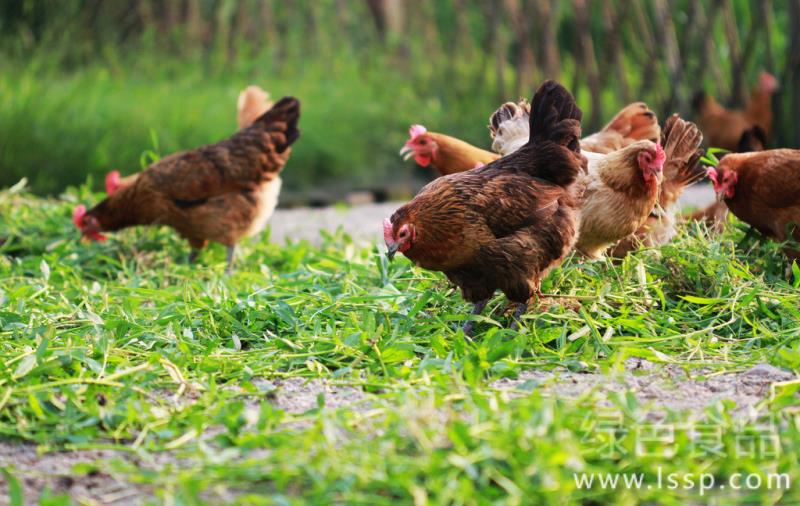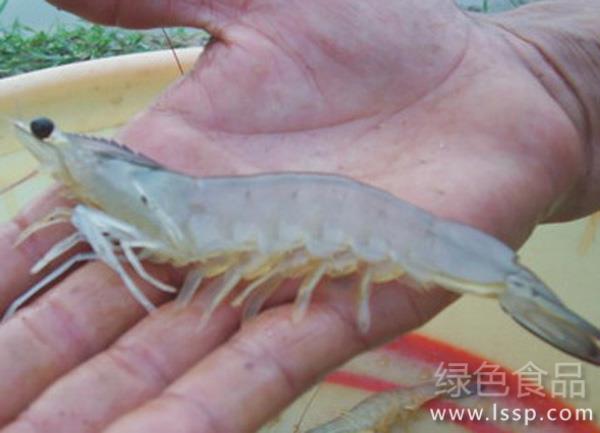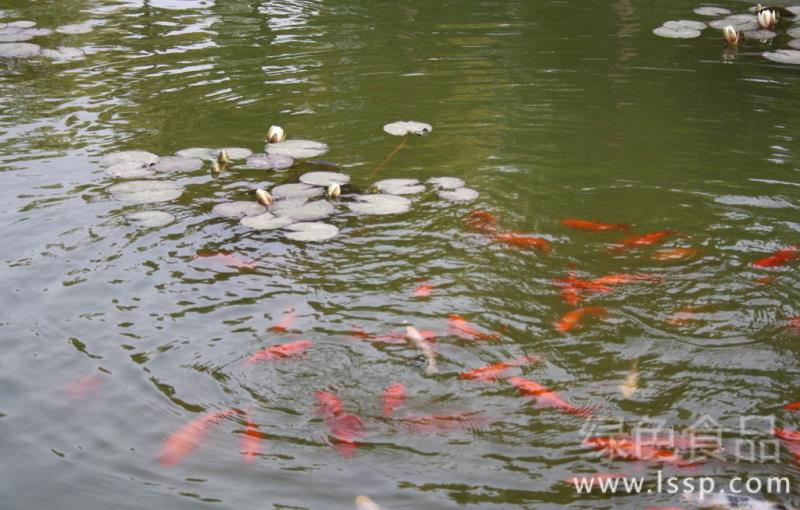Green fodder to promote chicken growth and development matters needing attention in feeding green fodder to chickens
In summer, green feed is rich in protein, minerals and vitamins to promote the growth and development of chickens, but there are several points to be noted when feeding chickens with green feed:

Chicken
Control proportion: fresh and tender green feed, good palatability, chicken like to eat, but because of large water content, should not be fed more, must be matched with other feed, and the proportion should not be too high, otherwise it is easy to cause chicken diarrhea or enteritis. The general green feed accounts for 15-20% of the chicken diet and 20-30% of the adult chicken diet; the leaf green feed has a high crude fiber content, and the monthly addition accounts for 10% of the diet. In the lack of green season or large chicken farms, hay powder or leaf powder can be used instead of green feed. In the diet, hay powder accounts for 5-10% and leaf powder accounts for 5-8%.
Reasonable preparation: most of the green feed can be fed directly to chickens, but it is easy to be wasted. After crushing, chickens are fed alone or in mixed feed, the chickens are easier to eat and the utilization rate is also high. In particular, root and melon feed should be crushed and then fed, and if necessary, cooked and fed. Aquatic plants, such as floating lotus and water hyacinth, often contain parasitic eggs or larvae, which are cooked before feeding.
Keep clean: wash before feeding, remove dirt and other dirt, and put forward the rotten and deteriorated feed to prevent chicken poisoning. Green feed, high acidity, when feeding chickens, can be mixed with about 2% shell powder to neutralize the acidity. When enteritis diseases such as diarrhea in chickens are caused by improper feeding, they should be fed in a limited amount or stopped immediately, and 0.2-0.4% oxytetracycline should be added to the diet for treatment, and when the chickens return to normal, they should be fed in a normal proportion.
- Prev

How to prevent and cure soft shell disease in shrimp culture
How to prevent and cure soft shell disease in shrimp culture
- Next

High temperature Fish Pond Diseases occur frequently in Summer how to manage Summer Fish Pond
High temperature Fish Pond Diseases occur frequently in Summer how to manage Summer Fish Pond
Related
- On the eggshell is a badge full of pride. British Poultry Egg Market and Consumer observation
- British study: 72% of Britons are willing to buy native eggs raised by insects
- Guidelines for friendly egg production revised the increase of space in chicken sheds can not be forced to change feathers and lay eggs.
- Risk of delay in customs clearance Australia suspends lobster exports to China
- Pig semen-the Vector of virus Transmission (4)
- Pig semen-the Vector of virus Transmission (3)
- Five common causes of difficult control of classical swine fever in clinic and their countermeasures
- Foot-and-mouth disease is the most effective way to prevent it!
- PED is the number one killer of piglets and has to be guarded against in autumn and winter.
- What is "yellow fat pig"? Have you ever heard the pig collector talk about "yellow fat pig"?

